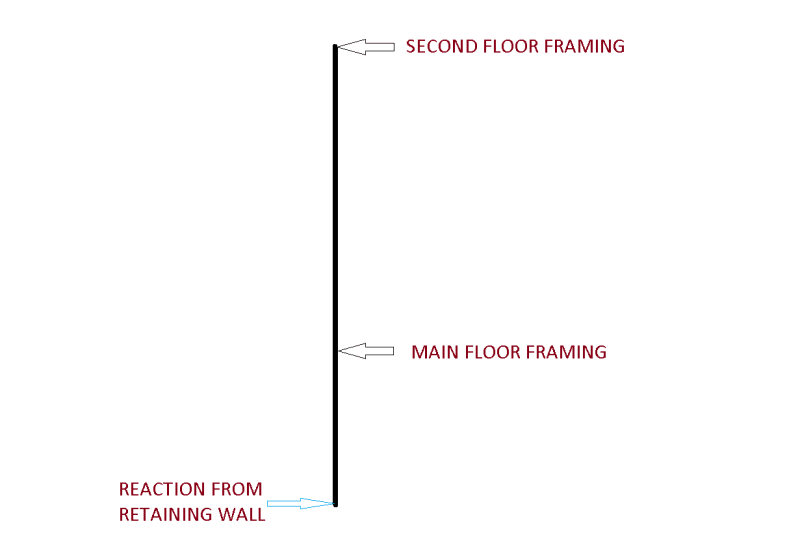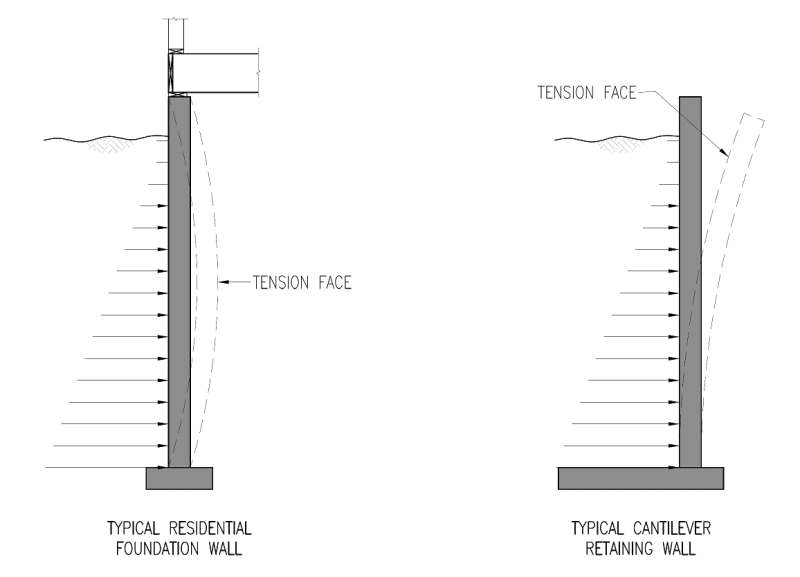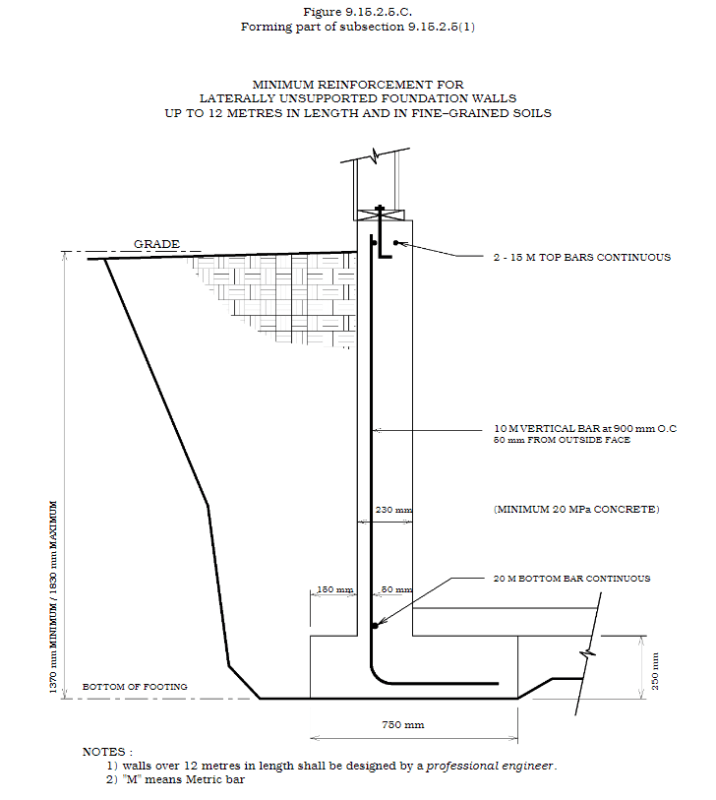BigBakwas77
Structural
I posted a query two years ago regarding concrete foundation walls which are not considered laterally supported if the top end is not reaching the floor diaphragm. ( ) I have just thought about a solution where by the wall studs are extended up to the top of foundation wall as shown in the attached sketch. If the wall studs are designed to carry lateral force exerted by the foundation wall, will it then be considered laterally supported? If yes, then the would the stud to floor joist connection be acceptable as shown in the sketch?




![[dazed] [dazed] [dazed]](/data/assets/smilies/dazed.gif) ). I believe the local authorities in our area are also waking up to such situations and questions plans submitted to them w.r.t laterally unsupported foundation walls.
). I believe the local authorities in our area are also waking up to such situations and questions plans submitted to them w.r.t laterally unsupported foundation walls.
